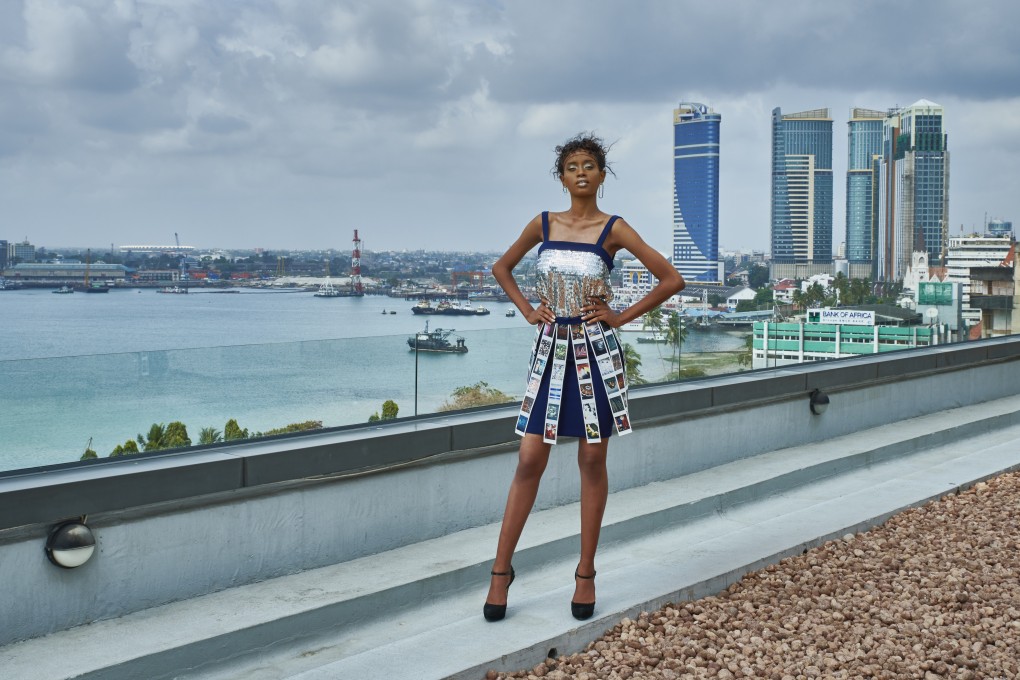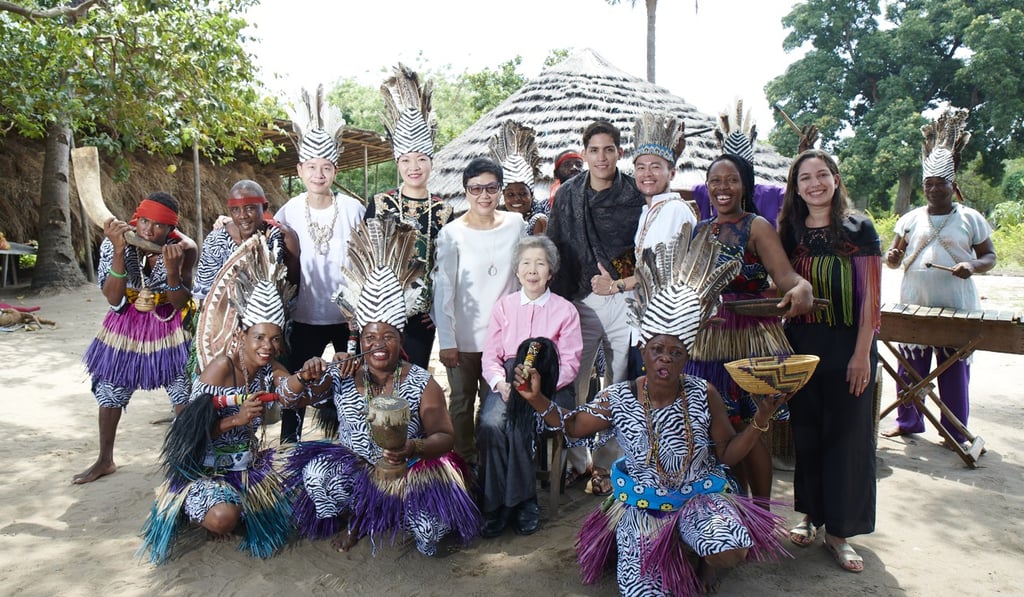Global tour by emerging designers projects China’s soft power through fashion
- Thirteen young fashion designers from China, Hong Kong, Iceland, Tanzania and Panama have been brought together to build international ties
- The travelling international fashion showcase funded by a Hongkonger aims to show China’s Belt and Road Initiative extends beyond infrastructure

The southern Chinese city of Zhuhai is not your typical setting for an international fashion show.
The port city in Guangdong province only began making global headlines last year with the opening of the world’s longest sea crossing – a mixture of bridges and a tunnel connecting Hong Kong with Macau and Zhuhai.
That may be exactly why it was a fitting site for a recent fashion catwalk show featuring looks by designers from four continents.
The designers did not hail from global capitals of couture; instead, the show brought Hong Kong and Chinese fashion designers together with counterparts from Iceland, Tanzania, and Panama.

These countries may not have international status in the fashion world, but, like Zhuhai, they have signed up for the promise of economic development and cooperation as part of China’s “Belt and Road Initiative” – a plan to grow global trade – or, like Iceland, are economic partners of China.
For Panamanian designer Tony Vergara, who took part in January’s Belt and Road-themed fashion show in Zhuhai, the global project could help forge the international ties his country’s fashion industry needs.